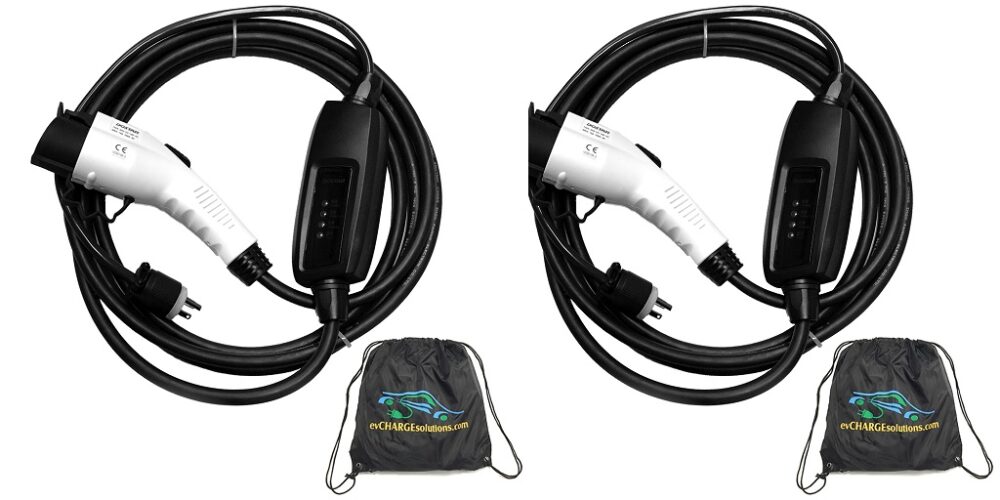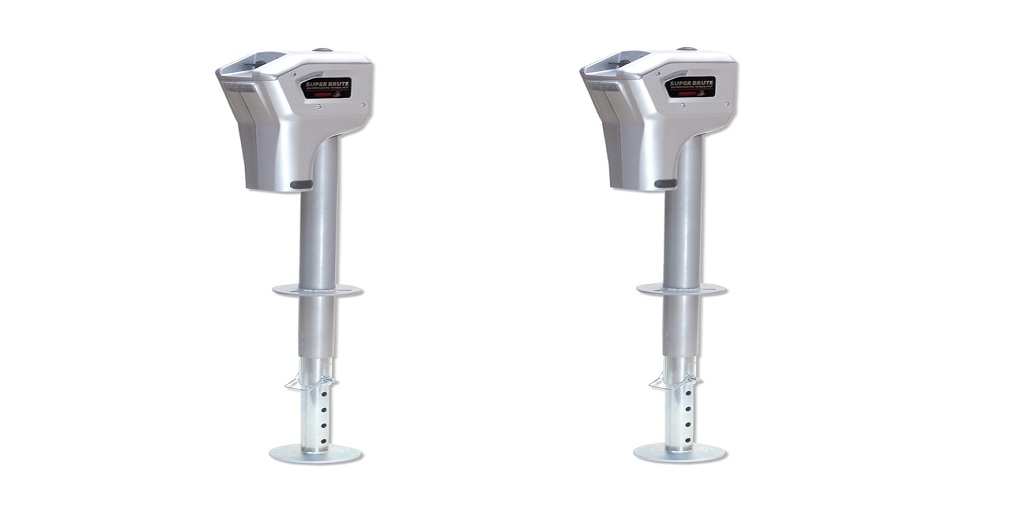Modern electric vehicles (EVs) are surprisingly efficient and for some owners can even be more cost-effective than vehicles that burn fossil fuels. In addition, they often require less maintenance than their fossil-fueled counterparts and naturally help combat emissions.
With that said, preparing your home for the adoption of an electric vehicle can be a challenge but similar to wiring for an electric dryer or stove. Here’s a basic – but practical – place to start.
1. Determine what sort of charging station to install (Level 2 vs. Level 1 EV chargers)
There are two main types of EV charging stations chosen by most homeowners: so-called Level 1 and Level 2 chargers, which vary mostly with respect to charging time.
Level 1 electric vehicle chargers operate at a lower (120) voltage than Level 2 chargers (240 volt), resulting in a much slower charging speed. As a general rule, Level 1 EV chargers will give you about 3 miles per range per hour of charge, and can take days to fully charge an electric vehicle with a fully depleted battery.
In contrast to Level 1 EV chargers, Level 2 chargers operate at a higher (240) voltage and some can charge electric vehicles in a matter of hours. They can deliver 35 to 45 miles of range per hour of charge, or more, and can fully charge an EV much more quickly and efficiently.
What will work with your home may depend on the specific vehicle you buy, as well as what your home’s electrical infrastructure can handle, so if you have questions contact the EV manufacturer or an electrician (see below). It is important to understand that faster is not always better. Charging at the slowest rate your lifestyle allows is a general rule of thumb. Slow charging improves long-term battery life so unless you need to charge fast, we would not. You are basically replacing the energy consumed each day and have overnight to do it. So for example, a 16 amp level 2 charger provides about 15 miles of range per hour of charging so in 10 hours you would install about 150 miles of range. A 32 amp level 2 charger will provide twice the range in most EVs.
2. Prepare the garage, locate and assess the power panel
Your home charger can be installed inside your garage or outdoors on a wall or pedestal. If outdoors it will need to be hardwired (not a plugin type) to remain waterproof and safe. If installing inside a garage, most jurisdictions require a GFCI circuit which creates problems with EV chargers as they have GFCI protection built-in which is auto-resetting. It is recommended to hardwire the power feed to avoid tripping a sensitive GFCI circuit breaker in the panel and not having a full charge in the morning. You also want to make sure that you will not overload the power panel – most homes have at least 100-amp service, but you will want to make sure your home can handle the load of an EV before you buy one – this step is critical. And, be aware that Electrical Code requires the circuit must be sized 20% larger than the load. For example, a 16 amp level 2 charger requires a 20 amp circuit, a 32 amp requires a 40 amp circuit, and so on.
3. Hire an electrician, get an EV home charging station, and have it installed
Once you’ve determined whether or not your home can accommodate an EV and a charging station, hire a licenced electrician, as you will likely need to have a 240V circuit installed in your home (however, some EV chargers can work with 120V, so make sure you know what sort of charger your new car will need), and have the electrician install the charger. And, most 120 volt chargers require a 20 amp (dedicated) circuit. Most level 1 (120 volt) chargers will overload a typical 15 amp (shared) circuit most homes use.
4. Determine if you are eligible for an EV charger rebate or tax credit
Before you purchase your new EV and charger, determine whether or not you are eligible for a funding program rebate or tax credit. Many states and Utility providers offer EV and charger incentives; contact your accountant to learn more about whether or not you qualify, as a credit can save you money and even help you pay for the new vehicle and charger.
Get EV Ready!
It may very well be the case that if you trade in your gasoline or diesel-powered vehicle for an EV, you can stand to save hundreds if not thousands per year on fuel and maintenance, all while benefiting the global environment. With the tips in this article, you’re one step closer to making the change for the better.












